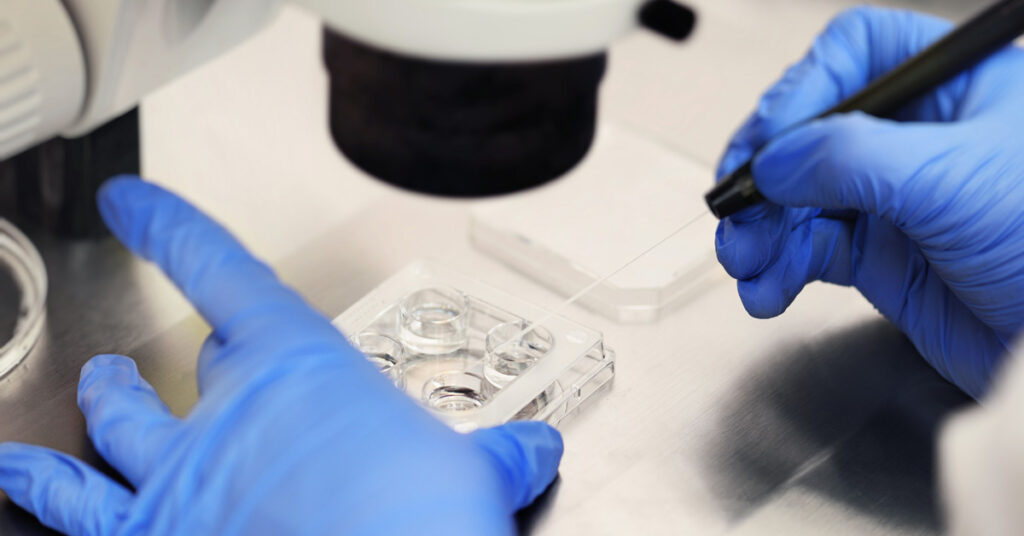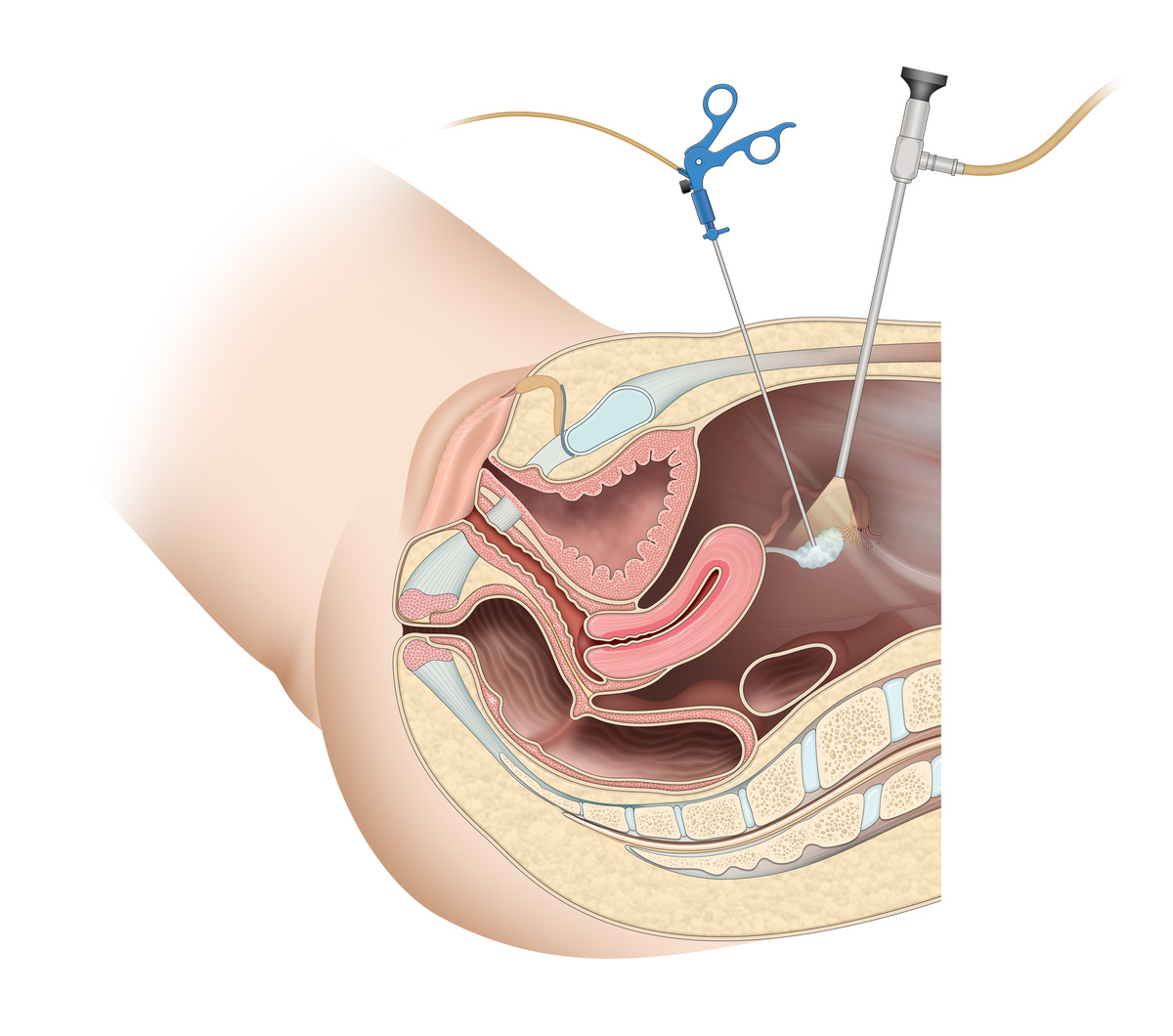What Is In Vitro Maturation (IVM) and How Does It Work?
In Vitro Maturation (IVM) is a groundbreaking advancement in reproductive medicine that significantly reduces the burden of traditional fertility treatments. This innovative technique allows eggs to be retrieved while they’re still immature and then matured in a laboratory setting rather than inside the body. For many intended parents facing fertility challenges, IVM offers a welcome alternative to conventional methods by eliminating the need for intensive hormone stimulation protocols that have long been considered a necessary but difficult part of the fertility treatment journey.
At Chedid Grieco, we’re thrilled to be at the forefront of bringing this revolutionary fertility option to our patients. After Dr. Silvana Chedid’s recent trip to Vietnam, where she learned advanced IVM techniques, we’re proud to add this cutting-edge procedure to our comprehensive suite of fertility services. As one of only eight clinics outside the United States with a New York tissue license, our team combines international expertise with personalized care to help you achieve your dream of parenthood.

How In Vitro Maturation Differs From Traditional IVF
Traditional in vitro fertilization (IVF) requires patients to undergo a 10-12 day regimen of hormone injections to stimulate the ovaries before egg retrieval. These injections can be uncomfortable, time-consuming, and emotionally taxing for many patients.
In contrast, IVM takes a fundamentally different approach. With this technique, immature eggs are collected from unstimulated or minimally stimulated ovaries. The maturation process, which normally occurs inside the body in response to hormones, happens in carefully controlled laboratory conditions. This means patients can bypass most or all of the hormone injection phase of traditional fertility treatments.
Benefits of IVM Compared to Conventional Methods
IVM offers several significant advantages that make it an attractive option for many patients:
- Minimal or no hormone injections, reducing physical discomfort and side effects
- Shorter treatment timeline with fewer clinic visits required
- Lower medication costs, potentially making fertility treatment more affordable
- Reduced risk of ovarian hyperstimulation syndrome (OHSS), a potential complication of traditional stimulation protocols
- A gentler approach for patients with certain medical conditions where high hormone levels are contraindicated
After the eggs mature in the laboratory environment, the remaining steps follow a similar path to conventional IVF. The mature eggs can be fertilized with sperm through standard IVF or intracytoplasmic sperm injection (ICSI) to create embryos. These embryos are then cultured and can be transferred to the uterus or frozen for future use. If you think IVM may be the right path for your family planning goals, contact us today to learn more!
The IVM Procedure Explained
Understanding what to expect during an IVM cycle can help ease any concerns you might have about the process. Here’s a step-by-step overview of how the procedure typically unfolds:
Initial Preparation and Monitoring
The IVM process begins with a baseline evaluation, including blood work and ultrasound to assess your ovarian reserve and overall reproductive health. Unlike conventional IVF, you’ll receive either no ovarian stimulation or a very minimal hormone regimen.
Egg Retrieval and Laboratory Maturation
The egg retrieval procedure for IVM is similar to that used in conventional IVF. Using ultrasound guidance, a thin needle is passed through the vaginal wall to access the ovaries and collect the immature eggs. The procedure typically takes about 20-30 minutes and is performed under sedation for your comfort.
Once collected, the immature eggs are placed in special culture media containing hormones and growth factors that mimic the body’s natural environment. Over the next 24-48 hours, these eggs undergo maturation in the laboratory, and our embryologists carefully monitor this process, ensuring optimal conditions for egg development.
After the eggs have matured, they are fertilized with sperm to create embryos. These embryos are cultured for several days before either being transferred to the uterus or cryopreserved for future use. The embryo transfer procedure is identical to that of conventional IVF and takes only a few minutes to complete.
Contact Chedid Grieco for Advanced Fertility Solutions Today!
The introduction of in vitro maturation represents an exciting development in our ongoing mission to provide innovative, patient-centered fertility solutions. As we approach our 30th year of practice in 2025, we continue to embrace advanced techniques that make the journey to parenthood more accessible and comfortable for all our patients.
At Chedid Grieco, our female-led team has helped bring nearly 9,000 babies into the world through our customized treatment plans and boutique care approach. Our FDA and NYDH licensing ensures you receive the highest standard of care available, while our extensive experience working successfully with patients from the United States provides the credibility and expertise you deserve. To learn more about IVM and discover if it might be right for your fertility journey, call us at (305) 912-0050 or fill out our contact form. Remember, consultations are held in Miami, while treatments are conducted in Brazil with our fertility tourism program.







